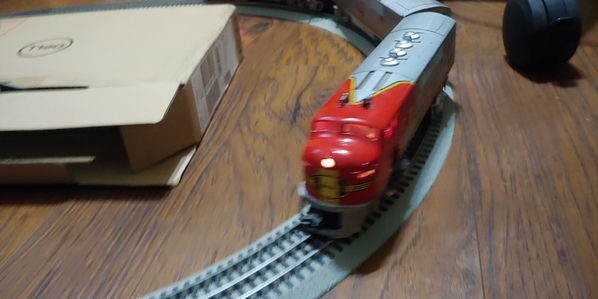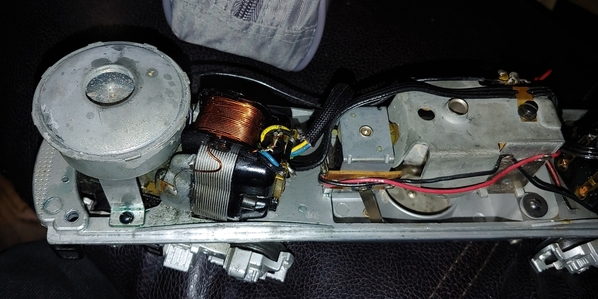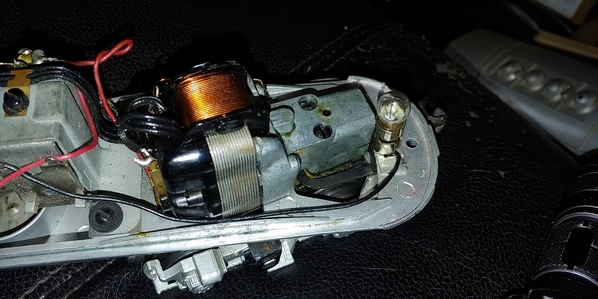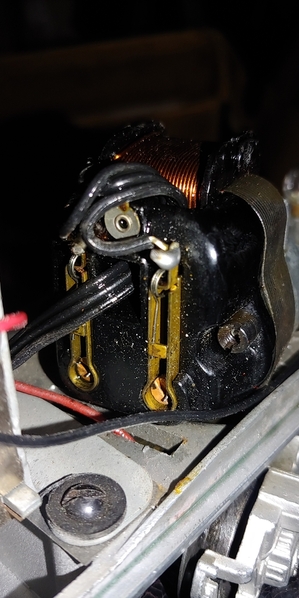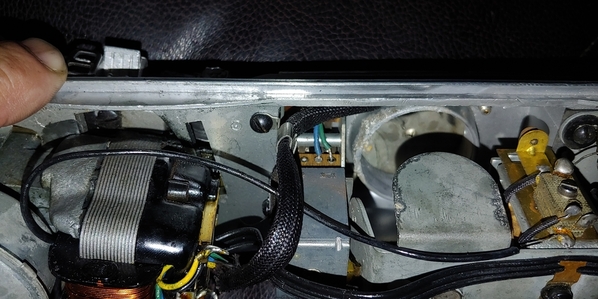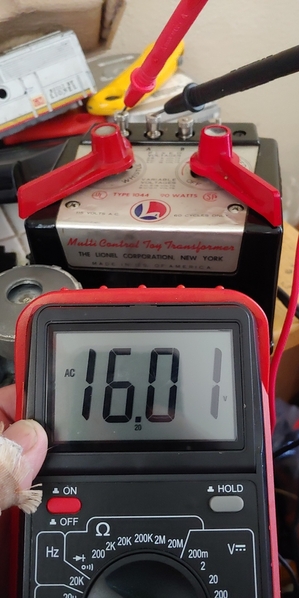First, I'd suggest that you stop running that engine until you determine what the problem is and fix it.
Second, lose the two dummy units until the powered one one is running right. Dragging that excess weight around isn't doing the powered unit any good.
Third. remove the shell from the powered A so you can see what's going on inside. It sounds and looks to me like only one motor is running and it's dragging the other one around on stationary wheels.
Fourth: check the length and condition of the motor brushes. Clean out the brush holders and clean or replace the brushes as necessary. Open up the motors and clean the armature faces and slots. Clean and lube as necessary.
This is the easy stuff and should be done first. Then you can go into the trucks themselves and attend to them per the great info ADCXRob gave you above. Make sure you note and maintain the orientation of the four pillow blocks. Put them back wrong and it won't run right.
As for the paint, it's hard to tell in the video clips above, but the red looks good to me. The silver and the striping doesn't show up well enough for comment. You can replace the warbonnet nose markings and other decals without repainting the shells. Of course any restorative work you do will diminish or destroy the "originality" of these units.
I agree with ADCX Rob again: given a little effort and some TLC, they'll run like new again.
Crank




